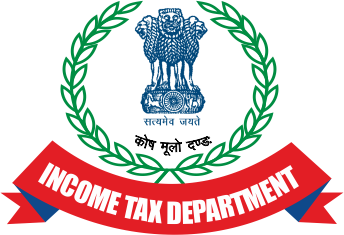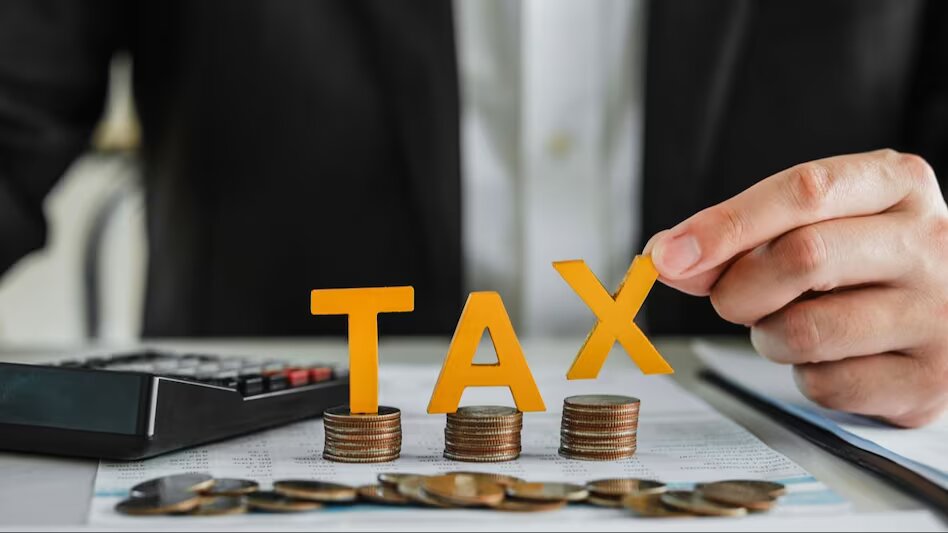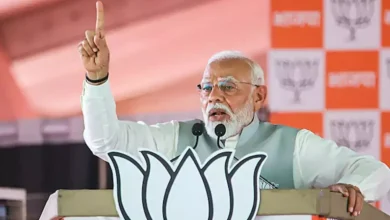
The recent decision by the Income Tax department to allow taxpayers to withdraw small tax demands up to ₹1 lakh each marks a significant move in the realm of taxation. This initiative stems from the government’s commitment to ease the burden on taxpayers and streamline the tax payment process. Understanding the implications of this decision requires a closer look at its various aspects.
At the heart of this decision lies the concept of tax demands. A tax demand is essentially a formal document issued by tax authorities specifying the amount of tax owed by an individual or organization. These demands can arise from various sources, including income tax, wealth tax, and gift tax assessments. The decision to allow withdrawal of small tax demands recognizes the need to address the concerns of taxpayers facing relatively minor tax liabilities.
The announcement regarding the withdrawal of direct tax demands, made in the interim budget for the fiscal year 2024-25, set the stage for the recent decision by the Income Tax department. Finance Minister Nirmala Sitharaman had outlined specific thresholds for the withdrawal of tax demands for different assessment years. For instance, tax demands for the assessment year 2010-11, up to ₹25,000, and for the assessment years 2011-12 to 2015-16, up to ₹10,000, were earmarked for withdrawal. This targeted approach reflects a nuanced understanding of taxpayers’ financial circumstances across different assessment periods.

The decision to cap the withdrawal limit at ₹1 lakh per taxpayer or assessee underscores the need to balance the interests of taxpayers with fiscal prudence. By setting a ceiling on the amount that can be withdrawn, the Income Tax department aims to manage the fiscal impact of this initiative while ensuring that it provides meaningful relief to taxpayers. This limit encompasses not only the principal tax amount but also interest, penalty, fee, cess, and surcharge, thereby offering comprehensive relief to eligible taxpayers.
However, it’s essential to note that certain categories of tax demands are excluded from this withdrawal scheme. Specifically, demands raised against tax deductors or collectors under the Tax Deducted at Source (TDS) or Tax Collected at Source (TCS) provisions of the Income-tax Act are not eligible for withdrawal. This exclusion reflects the government’s intent to maintain the integrity of the tax collection process and prevent potential abuse of the withdrawal scheme.
The Central Board of Direct Taxation (CBDT), the apex body responsible for administering direct taxes in India, has provided further clarity on the implementation of the withdrawal scheme. According to the CBDT, the ₹1 lakh limit covers outstanding demand entries in the tax authorities’ books, including the principal tax component, interest, penalty, fee, cess, or surcharge. This clarification is crucial for ensuring consistency and transparency in the implementation of the withdrawal scheme across different tax jurisdictions.
It’s important to emphasize that the withdrawal of tax demands does not confer any additional rights or benefits to taxpayers. Specifically, taxpayers cannot claim credit or refunds based on the cancellation of these demands. Additionally, the withdrawal of tax demands does not provide immunity from any pending, ongoing, or contemplated criminal proceedings against the taxpayer. This distinction is critical for managing taxpayer expectations and ensuring compliance with legal and regulatory requirements.
You might also be interested in – Explore life in Slab City, where there are no laws and no taxes



